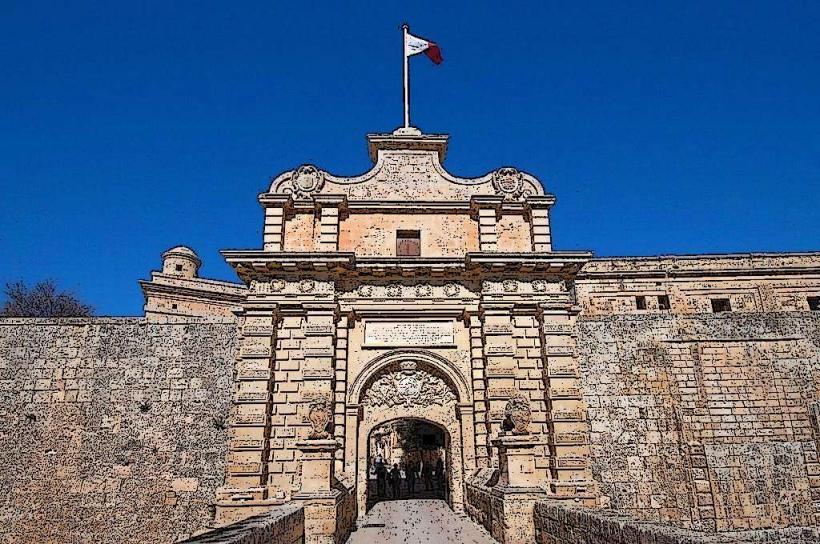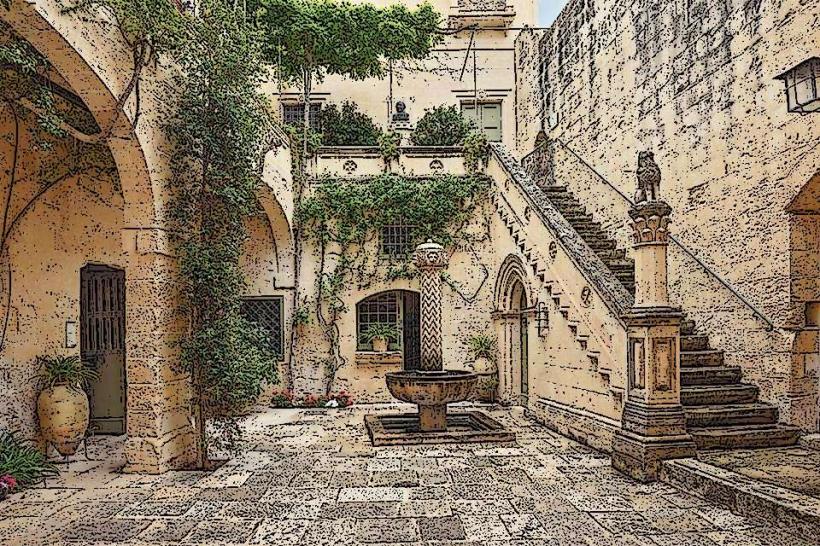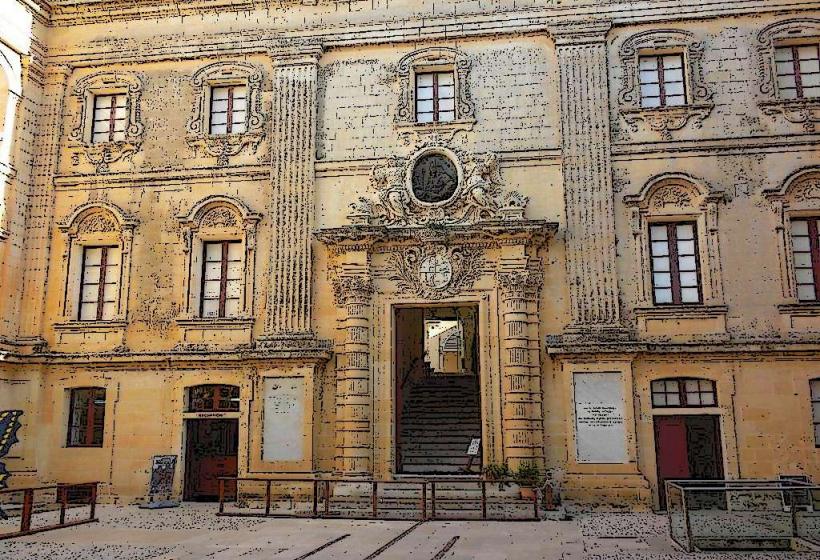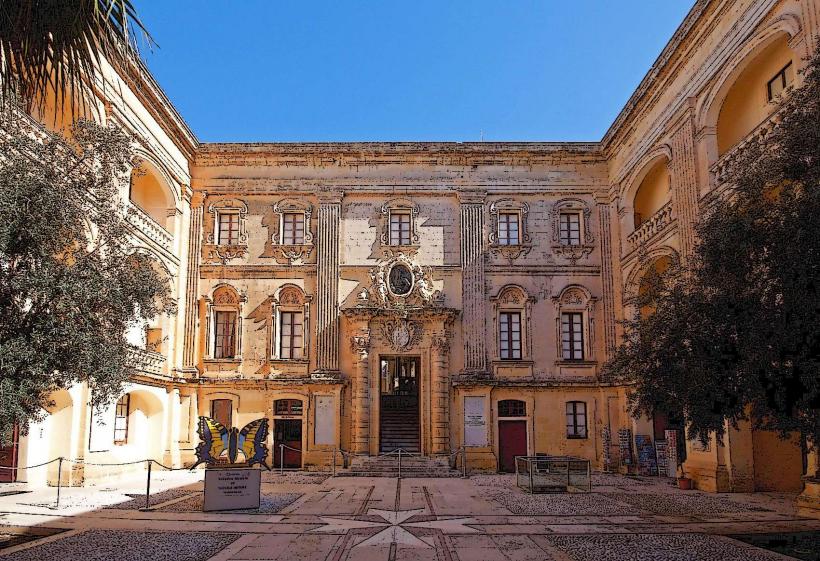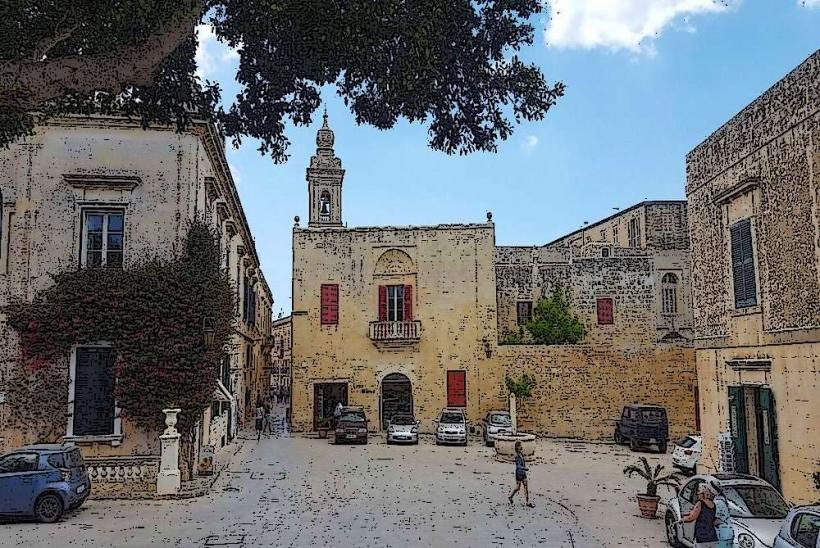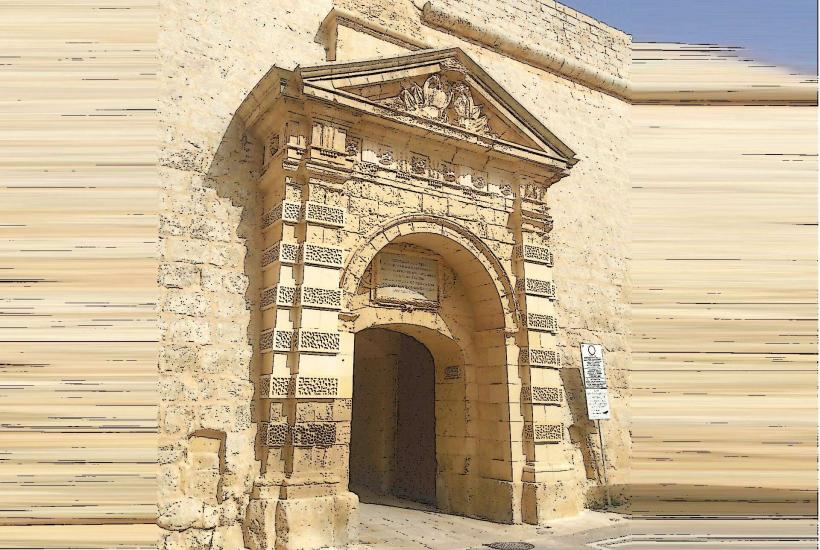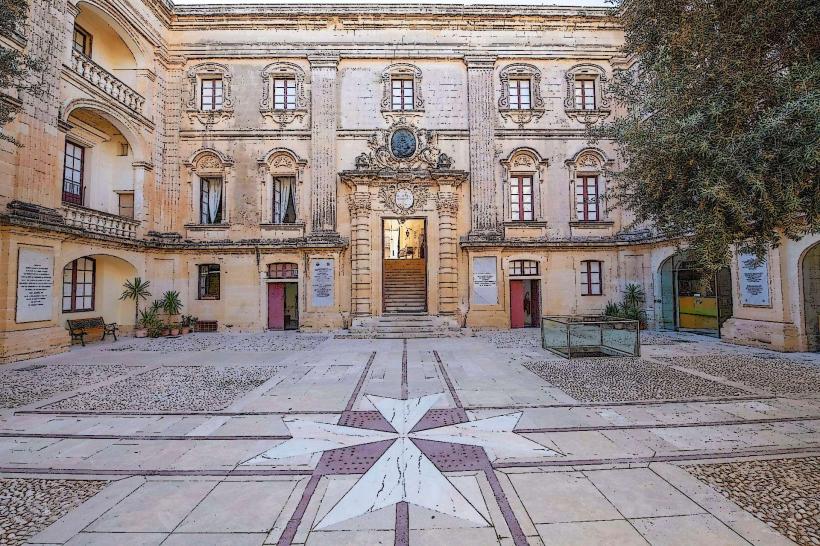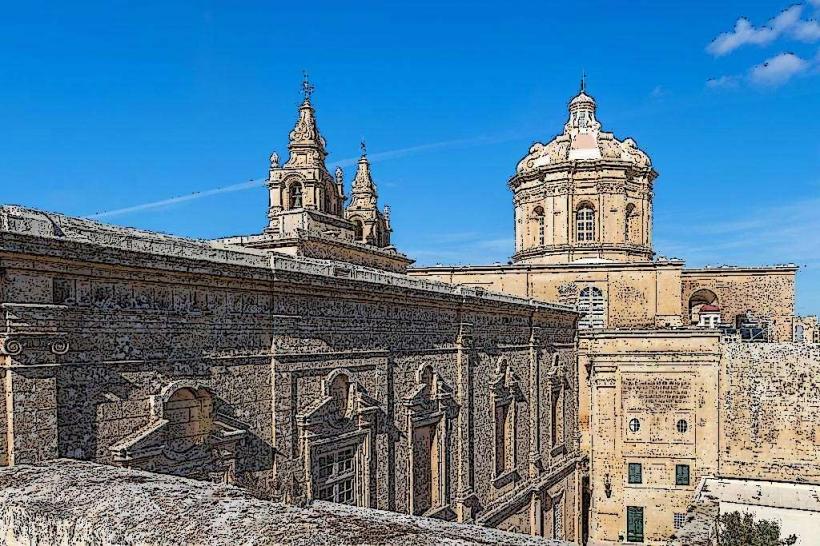Information
Landmark: St. Paul's CathedralCity: Mdina
Country: Malta
Continent: Europe
St. Paul’s Cathedral is one of Malta’s most significant and iconic churches, located in the historic city of Mdina. It holds immense cultural, religious, and architectural importance, both as a place of worship and as a key historical landmark. Here's a detailed overview of St. Paul’s Cathedral:
Historical Context
- St. Paul’s Cathedral is dedicated to St. Paul the Apostle, who is traditionally believed to have been shipwrecked on Malta in 60 AD, an event that marked the beginning of Christianity on the island.
- The cathedral's construction is deeply tied to this pivotal moment in Malta’s history. According to legend, after being shipwrecked, St. Paul spent several months on the island, converting the local population to Christianity.
- The cathedral stands on the site of an earlier church, which was built to commemorate St. Paul's time in Malta. The original church dates back to the 11th century and was later replaced by the current structure in the 17th century.
Architectural Design
- The current St. Paul’s Cathedral was designed by the renowned architect Lorenzo Gafà in the Baroque style, with construction starting in 1696 and completing in 1702. It replaced an earlier church that was destroyed by the devastating 1693 earthquake that struck Malta.
- The design of the cathedral is a fine example of Baroque architecture, with dramatic, curved lines, ornate details, and an emphasis on grandeur and emotion, which were key features of the Baroque style.
Key Features of St. Paul’s Cathedral
Exterior
- The façade of the cathedral is dominated by a central dome, which is one of the most prominent features of the structure. The dome is adorned with intricate frescoes and decorative elements, adding to the cathedral's sense of grandeur.
- The main entrance is framed by Corinthian columns, a hallmark of Baroque design, and is topped with a pediment bearing the image of St. Paul.
- The church is surrounded by the quiet streets of Mdina, adding to the serene and majestic atmosphere as visitors approach the entrance.
Interior
- Upon entering the cathedral, visitors are greeted by a stunning interior filled with polished marble, frescoes, and sculptures that reflect the Baroque style.
- The altar is the focal point of the interior, designed to showcase St. Paul’s as the central figure. It is surrounded by magnificent mosaic tiles, which depict scenes from St. Paul’s life and mission on Malta.
- Baroque-style altars line the walls of the cathedral, each dedicated to different saints and designed with intricate carvings and gilded features. These altars add to the sense of devotion and artistic beauty that permeates the cathedral.
- The ceiling features exquisite frescoes painted by the renowned Mattia Preti, one of the most famous Italian artists of the Baroque period. His work depicts scenes from the life of St. Paul, and it is considered one of the highlights of the cathedral’s interior.
Dome and Frescoes
- The dome of St. Paul’s Cathedral is one of the most striking elements of its design. It is painted with stunning frescoes by Mattia Preti, which depict scenes from the life of St. Paul, including his shipwreck and his conversion of the Maltese people to Christianity.
- The frescoes inside the dome are known for their dramatic use of light and shadow, characteristic of the Baroque style, and they give a sense of movement and divine energy.
Chapel of St. Paul
- The cathedral also houses a Chapel of St. Paul, which contains an important relic of St. Paul’s—a fragment of his bone, believed to have been brought to Malta after his martyrdom.
- The chapel is a place of reverence and pilgrimage, where visitors can come to pay respects to the apostle and meditate on his role in Malta’s Christian heritage.
Sacristy and Treasure
- The sacristy of the cathedral is home to a collection of liturgical treasures, including ancient chalices, vestments, and other religious artifacts that reflect the rich history of the church.
- The cathedral also houses a number of historical documents related to the island’s Christian past, offering insight into the role of the church in the shaping of Malta’s religious identity.
Significance in Maltese History
- St. Paul’s Cathedral plays a central role in the religious life of Malta, being one of the island's most important places of worship. It has been a focal point for the local Catholic community for centuries.
- The church also holds significant cultural importance for the people of Malta, as it commemorates the arrival of Christianity to the island through the ministry of St. Paul, a pivotal moment in Maltese history.
- The cathedral’s connection to St. Paul’s shipwreck on Malta is celebrated annually, particularly during St. Paul’s Feast (observed on February 10), which is a key event in Malta’s religious calendar.
Mattia Preti’s Influence
- The renowned Italian painter Mattia Preti was responsible for the remarkable frescoes in the cathedral. Preti, a leading figure of the Baroque period, was commissioned to decorate the interior of the church in the 17th century, and his works are considered some of the most important examples of Baroque art in Malta.
- His frescoes inside the cathedral, especially those in the dome, are celebrated for their dramatic light and shadow effects and their ability to convey the emotional intensity of the scenes they depict.
Tourism and Visitor Experience
- St. Paul’s Cathedral is one of the most visited sites in Mdina. Its stunning Baroque architecture and serene atmosphere make it a popular destination for tourists interested in history, art, and religious heritage.
- The cathedral is open to visitors, with an entrance fee for those wishing to explore its interior. The entrance fee helps maintain the building and its treasures.
- There are guided tours available for visitors who want a more in-depth understanding of the cathedral's history and its artistic and religious significance.
Nearby Attractions
- Mdina’s Old City: After visiting St. Paul’s Cathedral, tourists can explore the narrow streets of Mdina, which are lined with historic palaces, churches, and other architectural gems from the Medieval and Baroque periods.
- Mdina Dungeons: For those interested in Malta's darker history, the Mdina Dungeons offer a glimpse into the medieval and early modern periods, showcasing the island's prison system and punishment methods.
- The Palazzo Falson: A short walk from the cathedral, this historical palace houses a private collection of artifacts and furnishings, providing another perspective on Malta's noble heritage.
Conclusion
St. Paul’s Cathedral in Mdina is a stunning example of Baroque architecture and a place of deep religious and historical significance. Its magnificent frescoes, grand altars, and architectural beauty make it a must-visit site for anyone interested in Malta’s religious and artistic history. Whether you are a history buff, art lover, or simply seeking a peaceful space to reflect, St. Paul’s Cathedral offers an immersive experience into the island’s rich cultural heritage.

